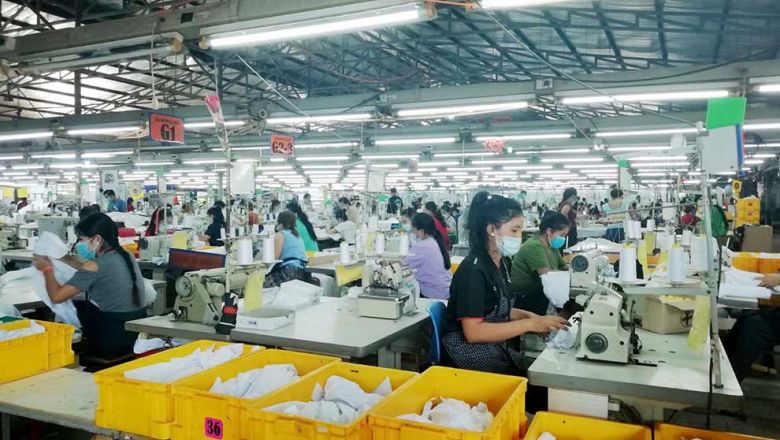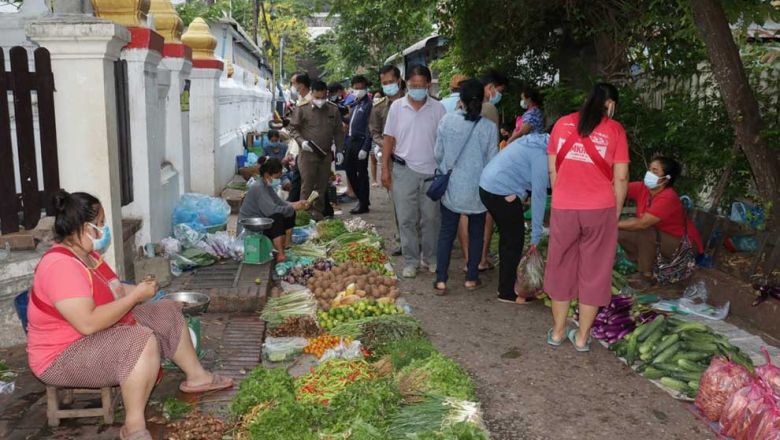Trade with Asean flourishing
Trade with Asean flourishing
Trade between Laos and Asean has reached US$4.5 billion, covering 64 percent of the whole trade value of Laos in 2015 following the inception of the Asean Economic Community (AEC) integration, according to a trade official.
Last year, the total trade value of Laos was recorded at US$6 billion and Asean countries were the top trade partners.
Deputy Director General of the Foreign Trade Policy Department Mr Saysana Sayakone briefed a seminar on ‘Turnin g Vision into Reality for a Dynamic Asean Community' and ‘the current Lao trade relations with countries around the would, including the Asean member states' that the AEC is now steadily creating positive impacts on Laos and the other Asean member countries.
“Laos has trade relations with more than 50 countries globally and had bilateral trade agreements with more than 15 countries worldwide in 2015,” Mr Saysana said.
In the same year, Intra-Asean trade was worth more than US$2 trillion, covering over 20 percent to 25 percent of the total trade value of Asean. It is projected that its trade value will continue to rise over the years to come, he said.
Meanwhile Intra-Asean investment stood at US$22 trillion, equal to 17-18 percent of the total value of Asean investment in 2015.
The governments of Asean, especially the Lao government, as one of the new Asean members including Cambodia, Myanmar and Vietnam, has been gearing up to eliminate the barriers to facilitating trade relations with the region and globe.
As part of the elimination, non-tariff barriers and measures have been eliminated to boost trade and the connectivity of various sectors.
So far, Laos has achieved 92.3 percent of the measures.
Laos will continue to push for the implementation of the pending 90 measures, or a little over 7 percent, in 2016 as part of its immediate priorities.
According to the Asean Blueprint 2015, its regional trade agreements aim to turn the Asean bloc into a single market and production base where goods, investment, capital and skilled labour can flow freely.
In addition, the region is also set to become a highly integrated and interconnected economy over the next 10 years.
















